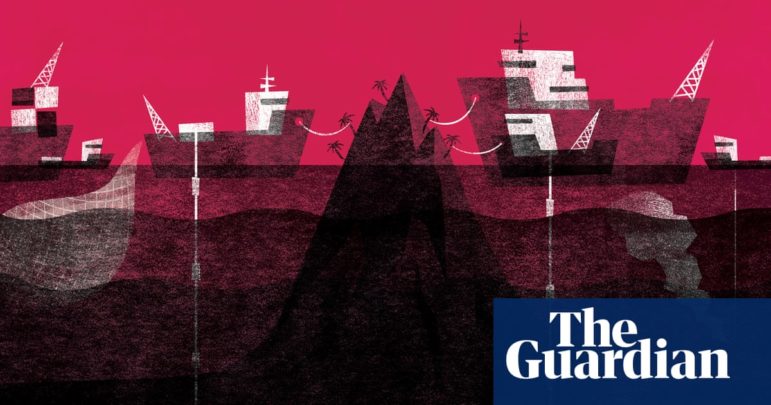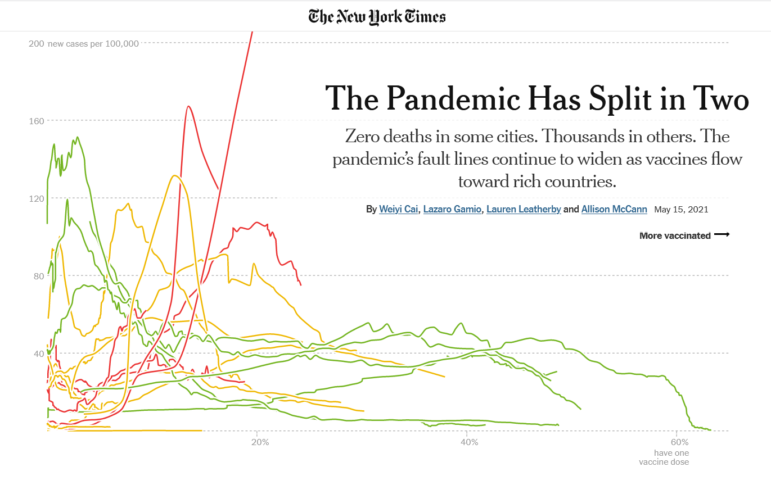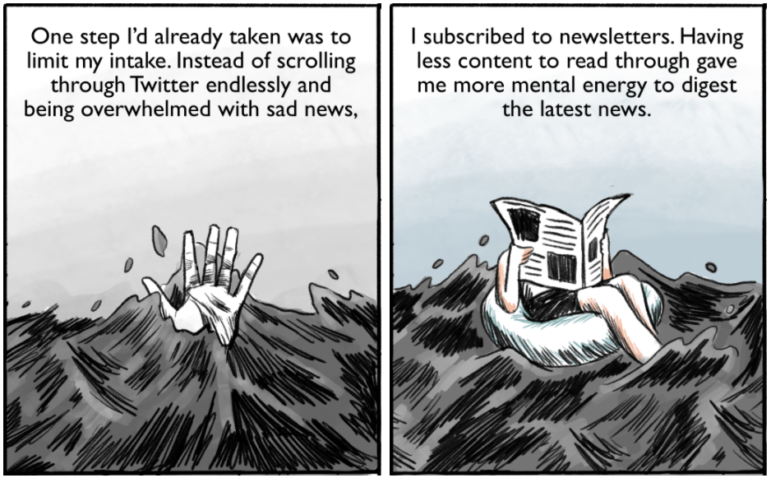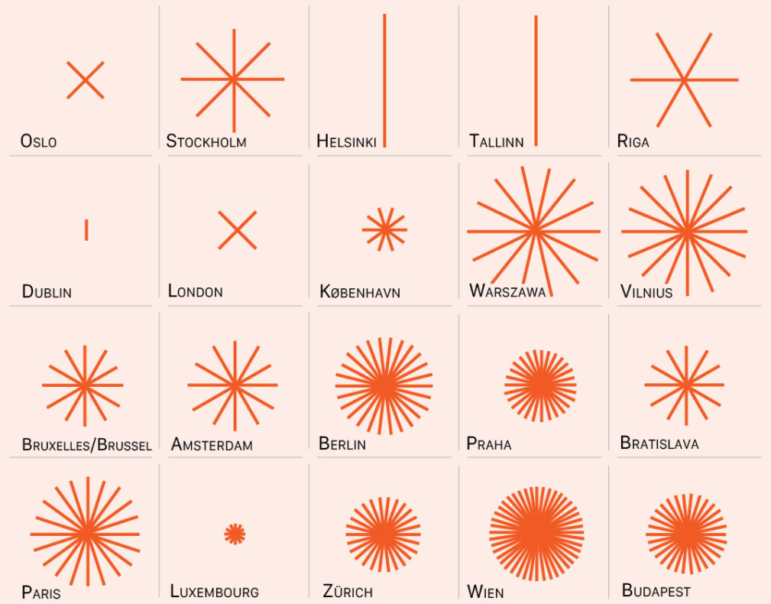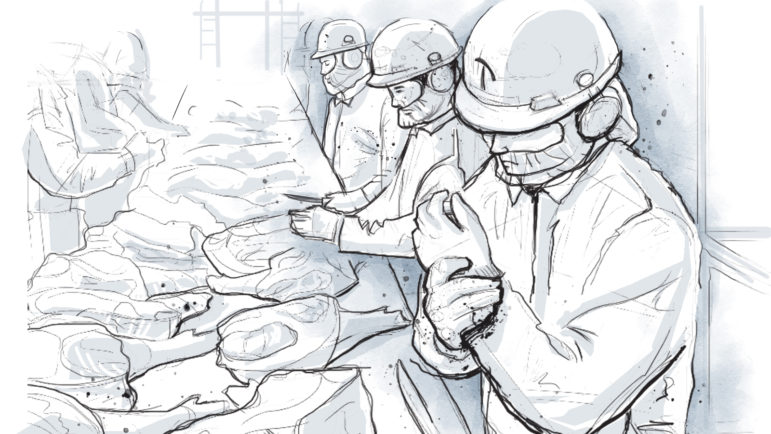
Data Journalism
Data Journalism Top 10: Secret Tax Files, India’s Faltering Vaccines, Western Drought, Argentina’s News Deserts, The Gambia’s Toxic Water
Our NodeXL #ddj mapping from June 7 to 13, which tracks the most popular data journalism stories on Twitter each week, focused in on this major investigation by ProPublica, which offers an unprecedented look inside the financial lives of US billionaires. In this edition, we also feature a detailed look at India’s faltering vaccination campaign, a data project exploring Argentina’s news deserts, and an investigation of The Gambia’s water paradox.

